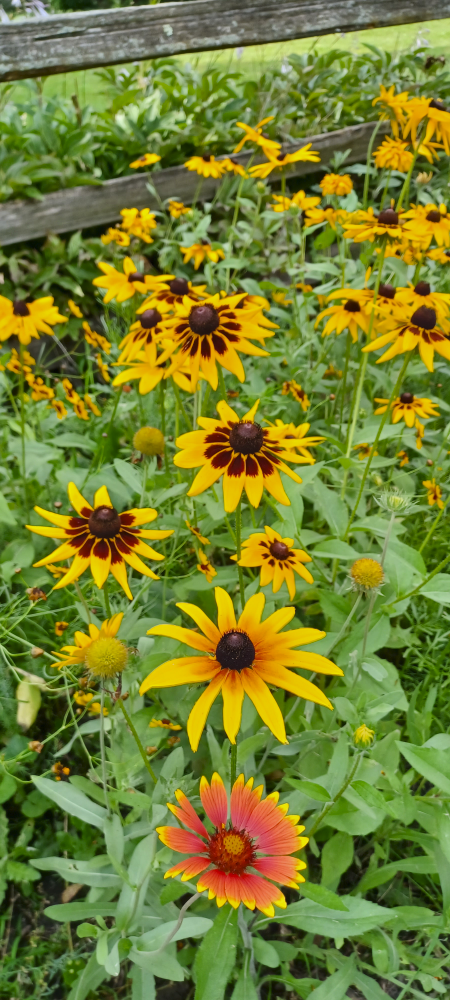At long last some of the wildflowers I planted last year are blooming. I can see that there are frequently bees on them, so hopefully they are being pollinated.
I would like to collect wildflower seeds from flowers that I would like to propagate and then spread them over bare patches to try and fill them in. How do I recognize when the seeds are ready to be harvested? How do I harvest them, just yank the bloom off of the stem? I planted a flower assortment with:
Purple Giant Hyssop, Dwarf Columbine, Siberian Wallflower, Shasta Daisy, Lance-Leaved Coreopsis, Sweet William Pinks, Purple Coneflower, Blanketflower, Gayfeather, Blue Flax, Perennial Lupine, Russell Lupine, Maltese Cross, Dwarf Evening Primrose, Mexican Hat, Dwarf Red Coneflower, Black-Eyed Susan, Moss Verbena
I probably will spread them after the first frost so they grow in the spring.


